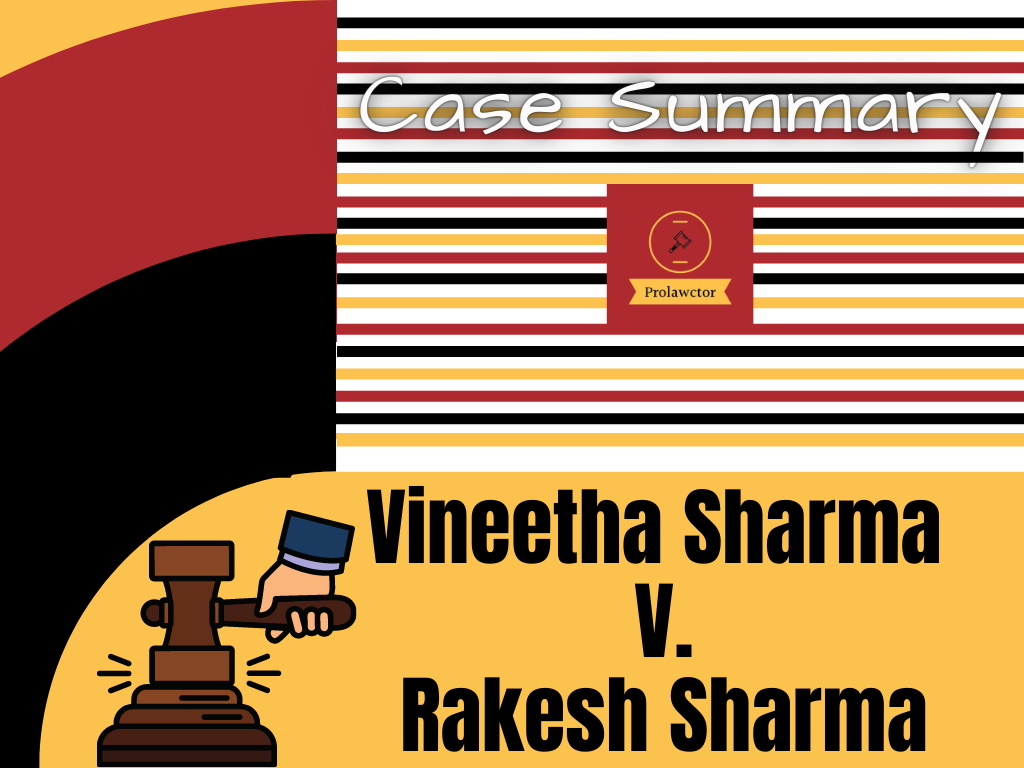Chennai-Salem Expressway Case Summary

Contents of Article
Chennai-Salem Expressway Case Summary
The Project Director, Project
Implementation Unit …Appellant(s)
Versus
P.V. Krishnamoorthy & Ors. …Respondent(s)
Facts
The National Highway Authority of India proposed the expressway project in 2016. The Tamilnadu State Government officially approved and published the project in 2017. The project is to lay down 8 lanes green corridor road from Chennai to Salem, which connects all the Industrial sectors and also reduces the freight time by half.
The main objective of the project is to bridge a connection between the industrial areas and The Special Economic Zones of Chennai and Salem Districts. Chennai is also known as Automobile City, which consists of more than one-third of India’s automobile sectors.
Salem is known as the Textile hub of Tamilnadu. There are more than 150 textile and steel industries in Salem. The Length of the project is about 277Km, whereas The Cost is Rs. 10000 Crores. The Total Land requirement for the project is 2791 Hectares, and these Hectares include the lands of ‘Bharatmala Pariyojana-I’ Farming-land, Rivers, Reserve Forest, Reservoirs & Mountains.
After the official announcement of the project, the regional farmers, environmentalists, Agricultural based political parties agitated for the upcoming environmental loss.
This project also affects many natural resources of neighboring districts. It involves compulsory land acquisition from the regional farmers, breaking down of natural resources, and causes collateral damage to the local public who depends on such natural resources. This project may create an adverse impact on the environment.
The regional farmers, environmentalists, and the PMK party leader Ramdoss had filed a plea in front of Madras High Court to pass an injunction over the project. The Plea was heard by the Division Bench of the Madras High Court last year.
On considering the environmental damage and farmer’s welfare, the division bench held that according to Sec. 2(2) and 3A(1) of the National Highway Act 1956, it is mandatory to obtain an environmental clearance certificate initially before the acquisition of land from farmers. The Central Government and NHAI filed a plea against the order passed by Madras High Court in Apex Court by January 2020.
Issue
In this case, the issue before this court was whether prior environmental clearance was mandatory before acquiring lands for the highway project.
Judgement
On April 8 2019, a division bench of the Madras High Court comprising of Justices T S Sivagnanam and V Bhavani Subbaroyan exercised the powers given to the High Court under the National Highways Act. The Court decided that the prior environmental clearance in accordance with the Environment Protection Act 1986 was mandatory before acquiring land for highways.
A bench of the Supreme Court comprising of Justices AM Khanwikar, BR Gavai and Krishna Murari overruled the Madras High Court judgment to the extent it quashes the notification for land acquisition for highways. The Apex Court has partly allowed the appeals filed by the National Highways Authority of India (NHAI) and the Union of India. The Supreme Court observed that the notifications issued for land acquisition for the Chennai-Salem Expressway are valid.
The court further observed that the EIA notification of 2006 is in the nature of guidelines/directives issued by the Central Government in exercise of its statutory powers. As per 2006 EIA notification, prior environmental clearance is required to be taken by the executing agency before commencement of the “actual construction or building work/project or executing the proposed work/project” of the national highway by the executing agency (NHAI).
National Highways Act or Rules does not mandate the Central Government to obtain prior environment clearance before exercise of that power and in issuing notification under Section 2(2), much less Section 3A expressing its intention to acquire the designated land.
While concluding the judgment, the bench clarified that it has not considered the correctness and validity of the permissions/clearances accorded by the competent authorities under the environment and forest laws, in this case.
Also Read

![Case Summary: State Of Bihar & Ors. V. Bihar State ‘Plus2’ Lecturers Associations & Ors. [(2007) 7 Scc 231]](http://prolawctor.com/wp-content/uploads/2020/10/STATE-OF-BIHAR-ORS.-V-BIHAR-STATE-‘PLUS2-LECTURERS-ASSOCIATIONS-ORS.-2007-7-SCC-231-1024x576.png)






